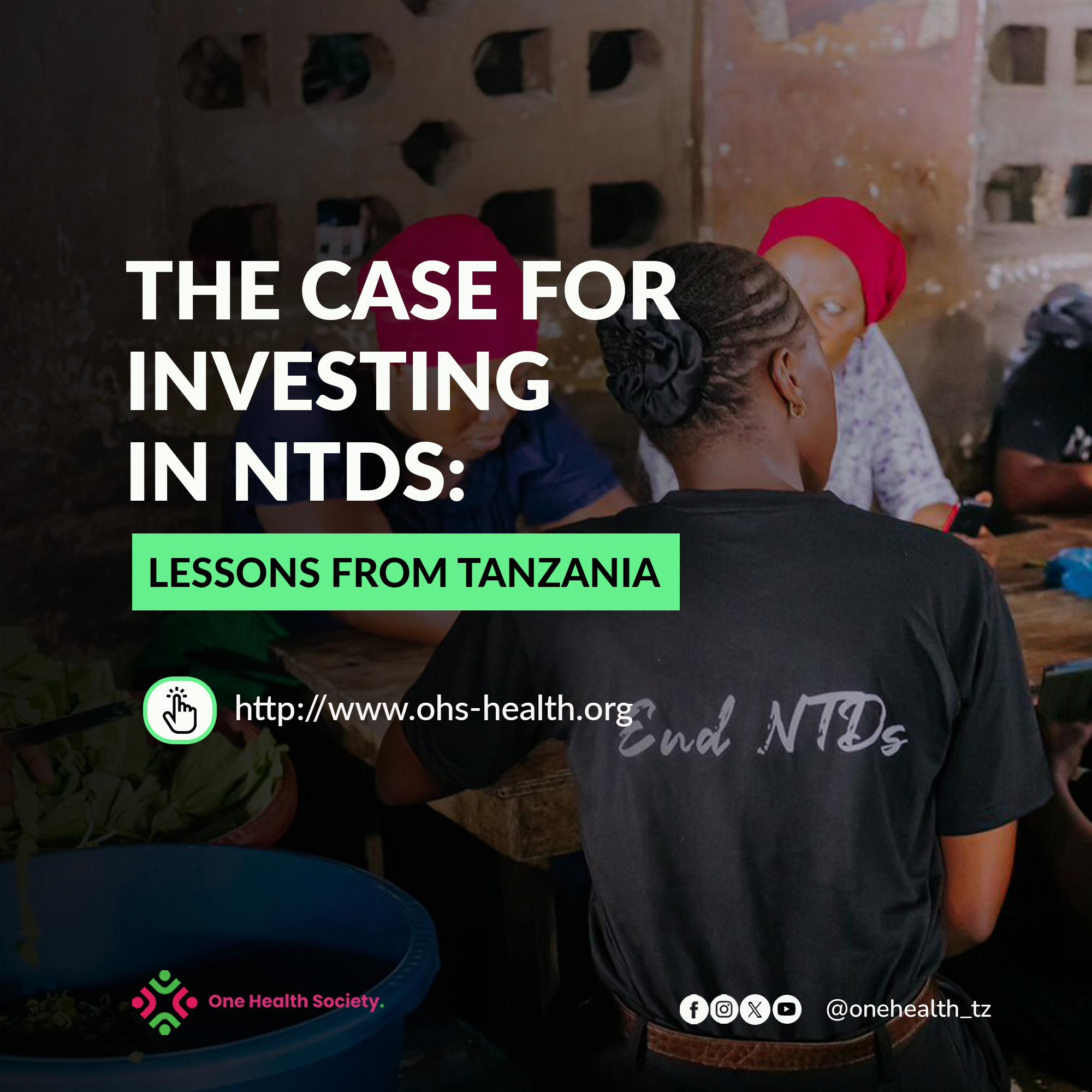
Neglected Tropical Diseases (NTDs) are often called the diseases of poverty, thriving in conditions where access to clean water, sanitation, and healthcare is limited. With shifting global health priorities and funding, Tanzania is proving that when governments make deliberate investments in NTDs, the results are transformative.
This commitment is institutional as well as financial. NTDs are now included in Tanzania’s Health Sector Strategic Plan (HSSP 2025/26), and embedded into national health architecture through several reforms and innovations. Dedicated budget lines for NTDs have been secured within the national health budget; NTD indicators are now integrated into the national health information system; and Community Health Worker (CHW) curricula and data tools now include NTD-specific training and content.
Between 2021 and 2024, the country increased its NTD budget from TSh 1.8 billion to 16.9 billion, one of the most significant domestic funding leaps in Africa; representing a shift from dependency to ownership of NTD programmes.
At the same time, the share of domestic funding for NTDs has grown from 0.61 percent in 2020/21 to 23.35 percent in 2023/24, while domestic expenditure rose from 0.69 percent to 25.21 percent. These figures tell a powerful story of a government choosing to lead the fight against diseases that have long been neglected.
To encourage community ownership of NTDs interventions, Tanzania has embedded NTDs into Comprehensive Council Health Plans (CCHPs), ensuring that local governments are active players in planning and implementation. This decentralized approach guarantees that NTD interventions are not one-time campaigns but rather sustained, integrated services. Already, in 2024, 130 councils conducted Mass Drug Administration (MDA) campaigns without donor funding
Tanzania also understands that the fight against NTDs is about the systems that determine whether people get sick in the first place. This is reflected in the recent government’s investments in clean water. The 28-Urban Water Project, valued at US$500 million (TSh 1.2 trillion), is expanding access to safe water in 28 towns nationwide. The establishment of a national water grid further supports these efforts, reducing exposure to contaminated water; and with it, the spread of NTDs including trachoma and schistosomiasis.
These investments are already showing impact. Between 2021 and 2025, the country reduced its need for preventive chemotherapy by 76 percent, showing measurable progress toward elimination. This dramatic decline highlights what is possible when nations take a one health approach to eliminating NTDs.